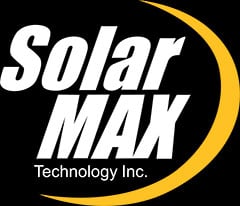The Environmental Protection Agency will be revealing the final update of the Clean Power Plan later this summer. As part of the Clean Air Act, this rule limits the amount of carbon dioxide that power plants can generate on a state-by-state basis, while providing standards for energy efficiency and CO2 measurement. However, according to Greentech Media, the actual guidelines for measuring energy efficiency within the rule are quite complex, and can be difficult for homeowners looking to measure the benefit of installing solar energy panels to figure out.
The CPP allows states to measure carbon emissions using one of two methods, the standard rate-based method (CO2/MWh) or a mass-based equivalent. Either way, they will be required to estimate savings based on energy efficiency, and establish a basis for the amount of electricity that "would have been used if efficiency programs had not been in place, which policymakers refer to as a 'baseline.'" According to the news source, this can be extremely complex, because a broad series of factors come into play.
"Take, for example, a homeowner who installs a 15-watt CFL light bulb in her living room. In Vermont, this switch is considered to save 71 kilowatt-hours per year. However, the same exact switch in California is estimated to save only 18 kilowatt-hours per year," Greentech Media reported. "This means that even if California and Vermont install the same number of CFLs, Vermont's estimated electricity savings are four times higher than California's."
Energy savings are based on several assumptions: Free-ridership (the extent to which a customer would have installed energy-efficient appliances without an efficiency program being in place), the actual efficiency of the product in question, how many hours a day it is in use and any custom programs the state may have in place, be they tax incentives or other efficiency-focused efforts. To further complicate matters, not every state has to use the same factors to measure efficiency. The EPA has acknowledged how complex this makes energy efficiency measurement, but hasn't revealed whether it will be implementing a new standard for this process or not.
According to the news source, one question the EPA will have to answer is whether or not "a state that undertakes few efficiency measures be allowed to claim the same level of savings as a state that implements a dramatically larger number of efficiency measures?" However, with so many different efficiency efforts to factor in, particularly the rising trend of solar panel installations and related solar rebates, there are many other questions the EPA will need to address.
If you're a homeowner in California considering solar panels for your home, contact SolarMax Technology to discuss the best options for your power needs.
To receive a free solar consultation, click HERE.




